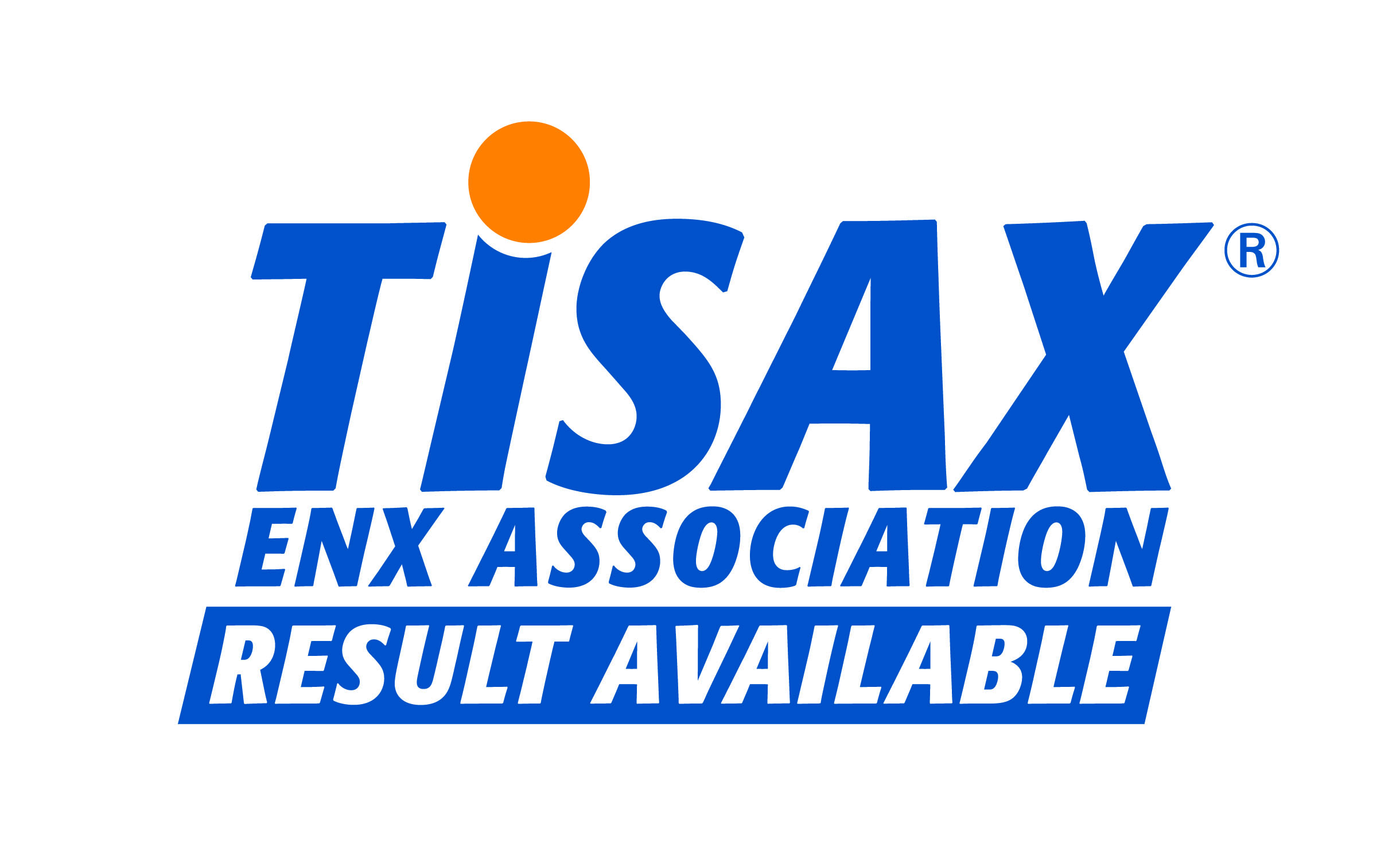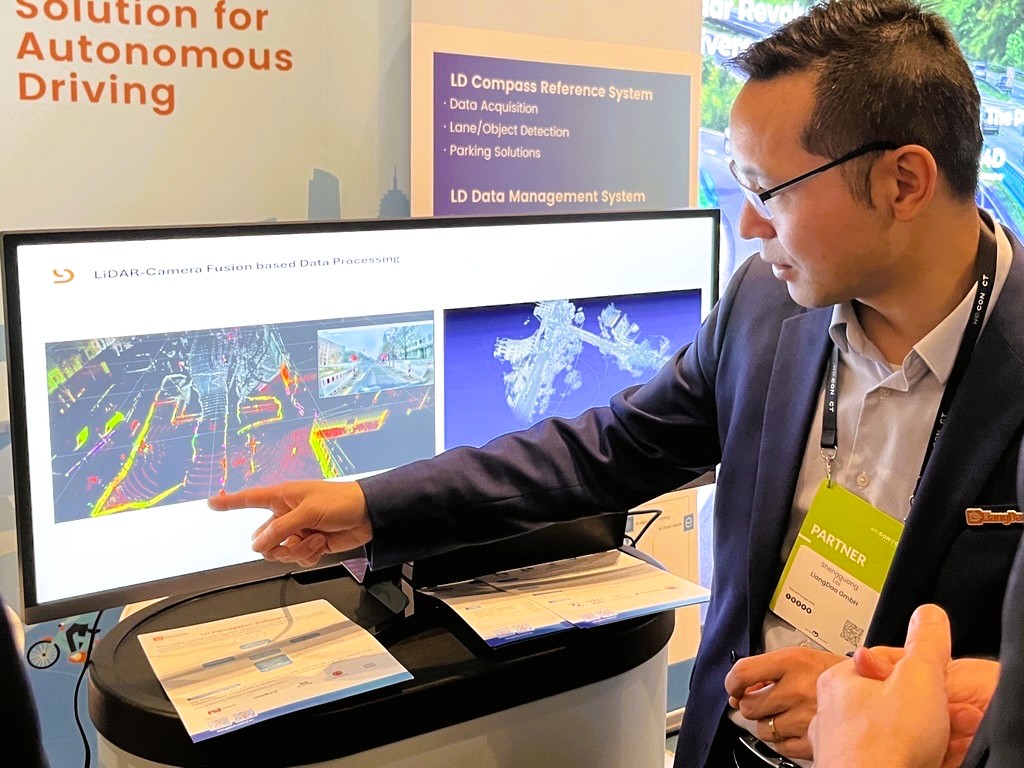The concept of system-level validation in ADAS and autonomous driving development is gaining momentum, but it’s not without controversy. As the industry explores alternatives to traditional sensor-by-sensor testing, many experts have raised valid concerns about the practicality, reliability, and scalability of a system-first strategy.
Some question whether system-level validation can deliver the precision needed for safety-critical applications. Others worry about the complexity of synchronizing diverse sensor types, the risk of data contamination, or the credibility of simulation-based testing. These concerns are not only valid, but they are also essential to acknowledge. They reflect the real-world challenges that engineers, developers, and validation teams face every day.
Many of these challenges were also brought up during recent discussions at Auto.AI Europe 2025 in Berlin, where our CTO, Dr. Shengguang Lei presented the system validation approach in an open workshop. The feedback was constructive and thought-provoking, highlighting the need for practical solutions to bridge the gap between concept and implementation. Below, we summarize the most frequently discussed issues and outline how current technologies and methodologies are evolving to meet them.
1. Time Synchronization & Calibration
Challenge: Multi-sensor setups (LiDAR, camera, radar, GNSS, IMU) require millisecond-level alignment. Even minor timestamp or calibration mismatches can distort perception and compromise validation reliability.
---Our Solution: Precise multi-sensor synchronization is foundational. LD Compass and LD Calibrator enable millisecond-level alignment across all sensor streams, ensuring that validation data remains consistent and trustworthy.
2. Data Quality & “Dirty Data”
Challenge: Validation pipelines often suffer from noisy, incomplete, or inconsistent data. Once poor-quality data enters the system, root cause analysis becomes difficult and expensive.
---Our Solution: LD Data Factory automates cleaning, synchronization, and ground truth generation. Combined with LD Validator that enforces quality assurance, these tools ensure that only reliable datasets are used, reducing errors and improving traceability.
3. Manual Checks on Pre-Labeled Data
Challenge: Even with automated labeling, manual verification is still needed, especially for edge cases. This limits scalability and drives up costs.
---Our Solution: Advanced auto-labeling pipelines, supported by 4D ground truth generation, significantly reduce manual effort. For uncertain cases, LD Editor enables efficient human-in-the-loop verification, balancing automation with precision.
4. OTA Updates & Incremental Validation
Challenge: Each OTA update raises the question: does the entire system need revalidation? Full regression testing is costly and slows deployment.
---Our Solution: Modular toolchain supports targeted validation at the function level. This allows teams to revalidate only the updated modules, avoiding redundant system-wide campaigns and accelerating release cycles.
5. Simulation vs. Real-World Credibility
Challenge: Simulation offers scale and efficiency, but its credibility depends on how well it mirrors real-world conditions. Without ground truth anchoring, simulations risk becoming disconnected from reality.
---Our Solution: By combining large-scale real-world data collection with digital twin creation, simulation environments can be statistically representative and validated against reference ground truth. This bridges the gap between virtual and physical testing.
Looking Ahead
System-level validation is not a silver bullet, but it is a strategic evolution. By addressing these core challenges head-on, the industry can move toward more scalable, efficient, and reliable validation processes that reflect the complexity of modern ADAS/AD systems.
As validation demands continue to grow, the shift from isolated sensor testing to holistic system-level strategies will be key to unlocking the next phase of autonomous mobility.






